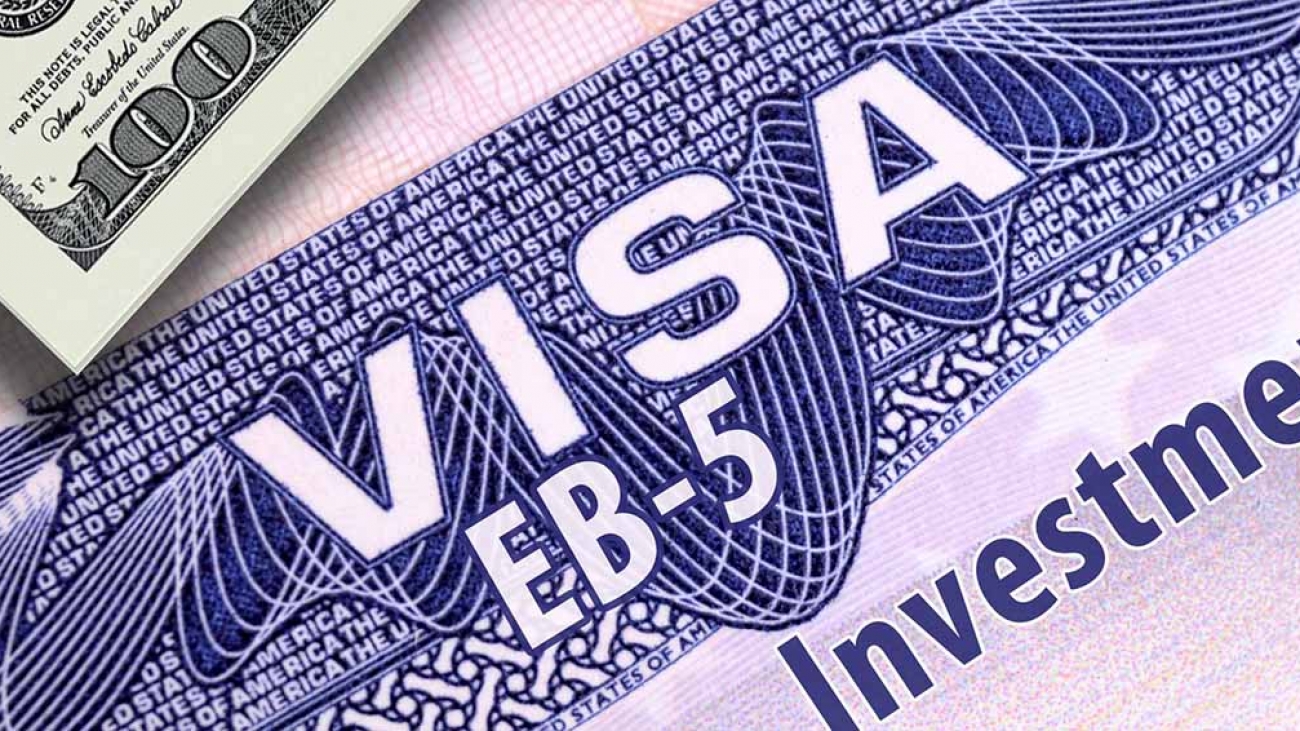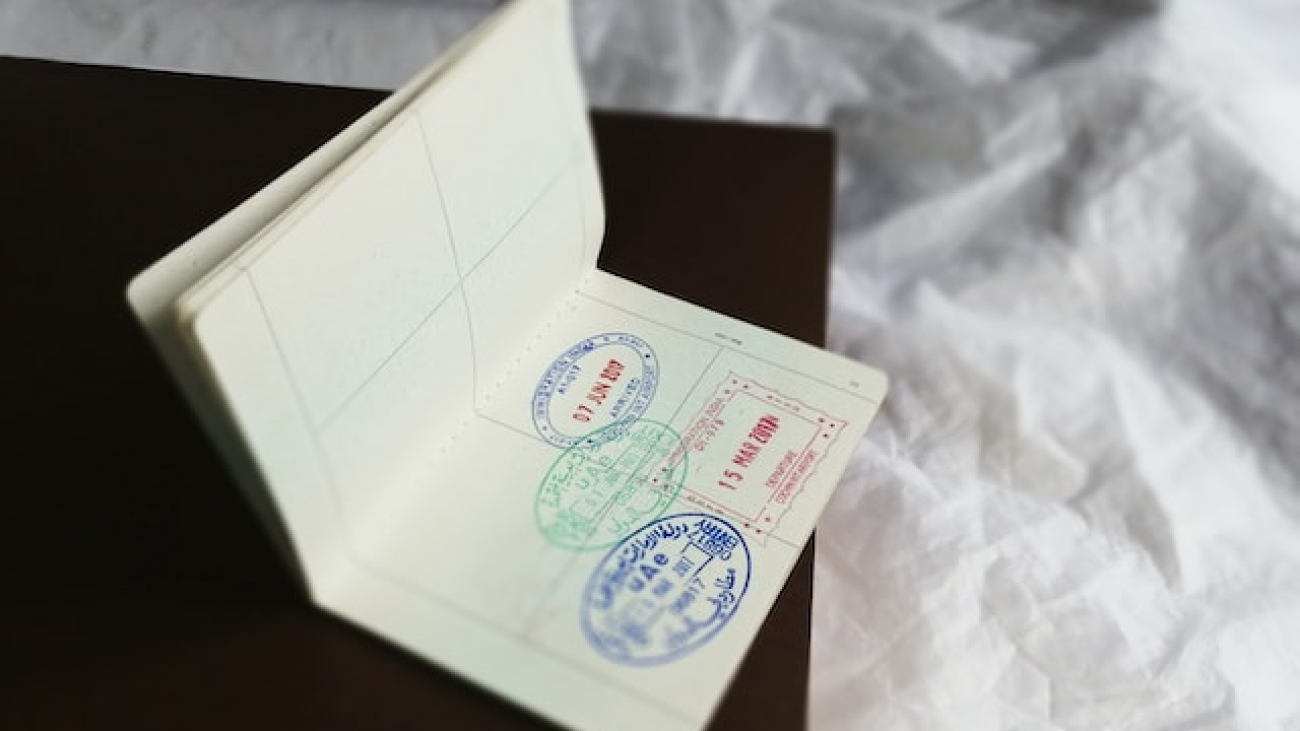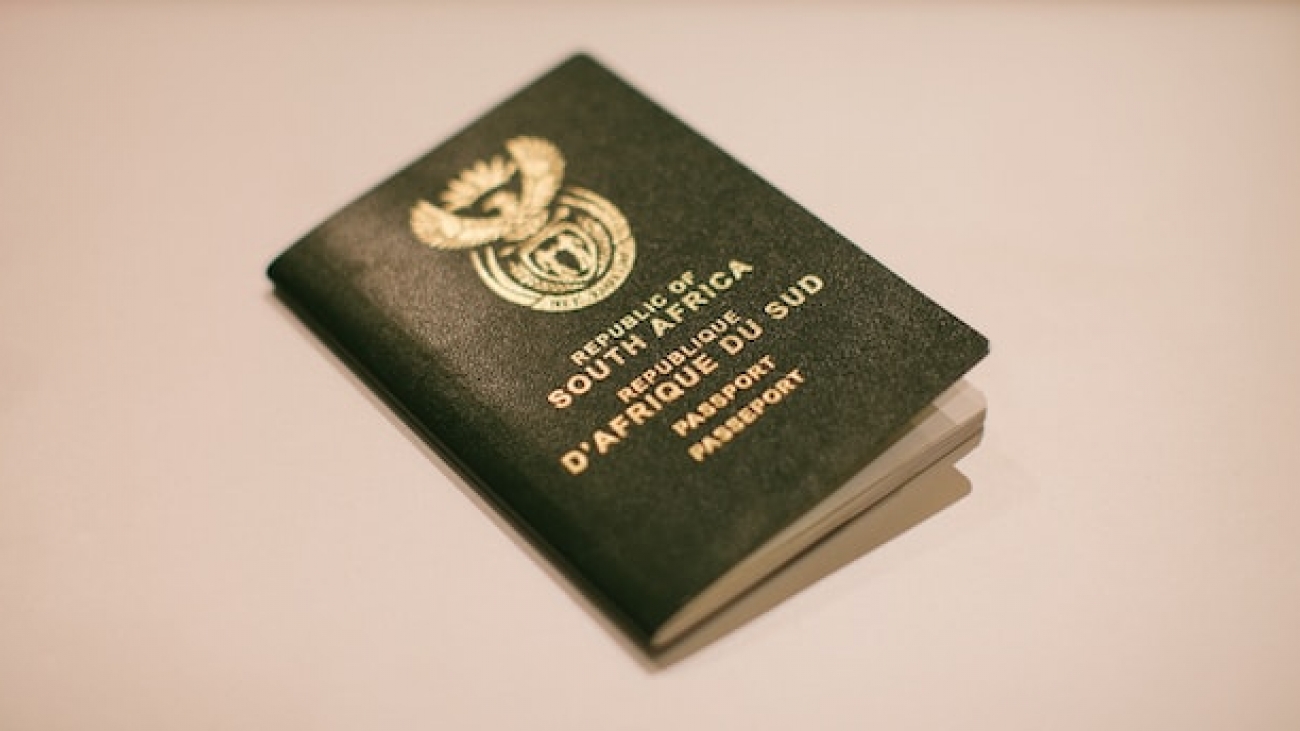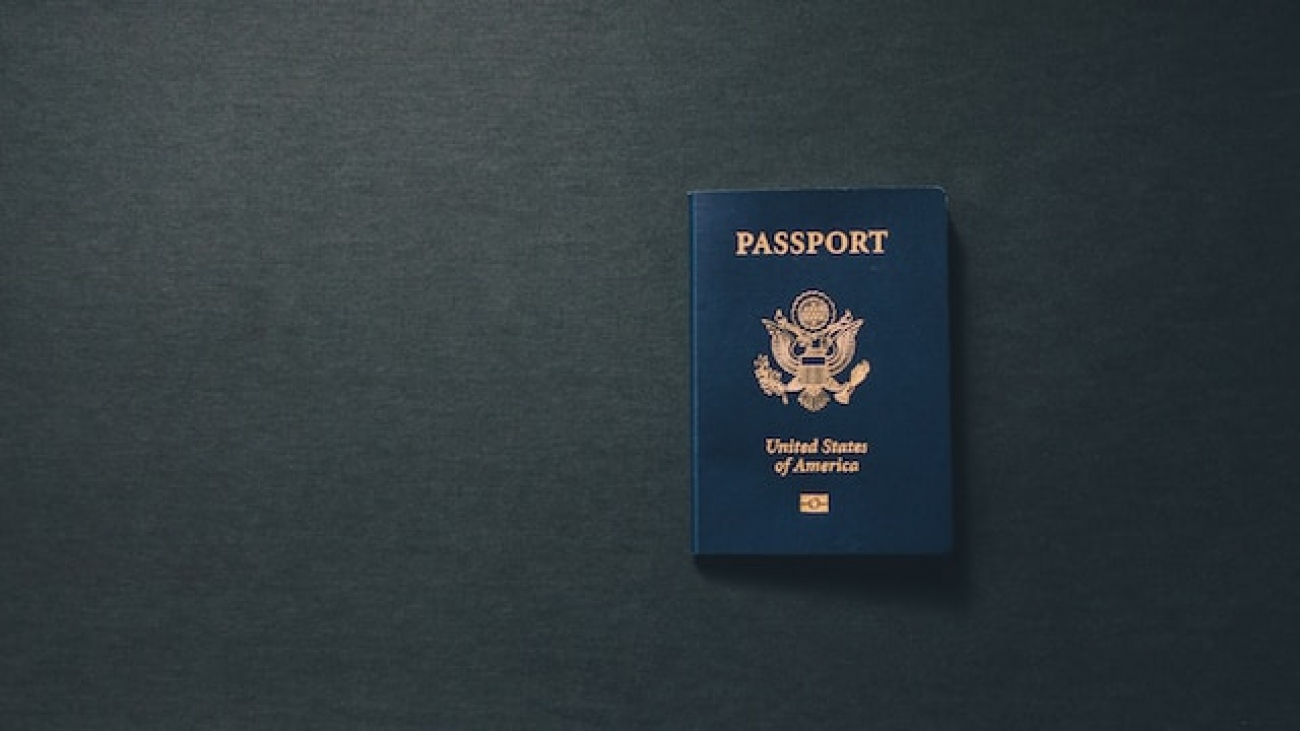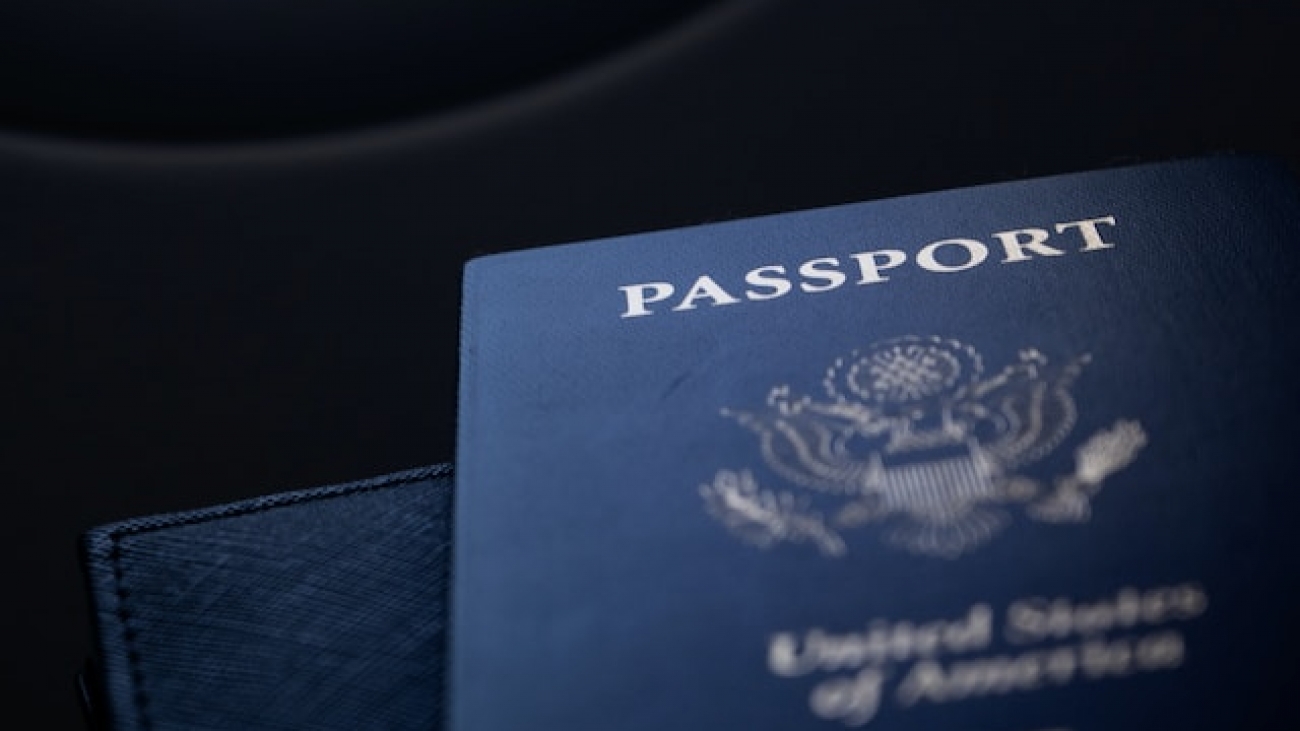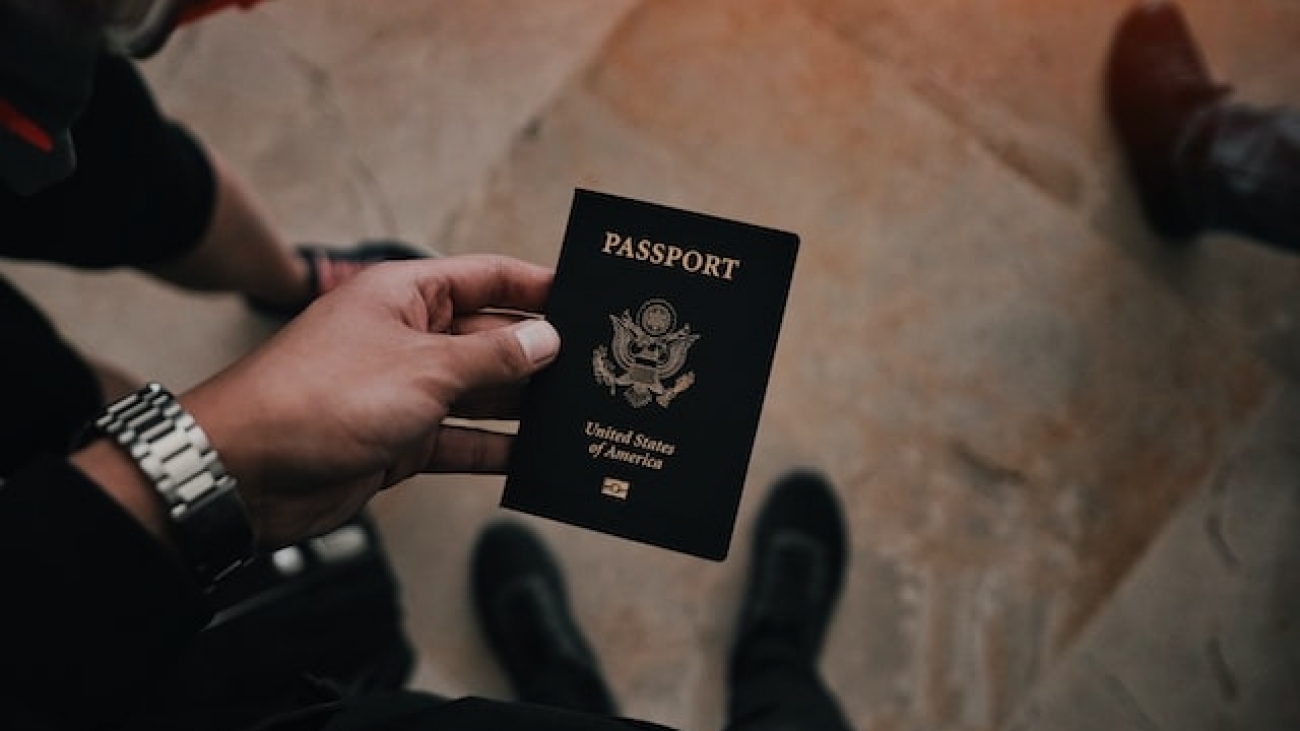EB5 Visa from Thailand. The EB-5 Immigrant Investor Program provides a pathway to U.S. permanent residency (Green Card) for Thai nationals who invest in qualifying U.S. projects. Administered by the U.S. Citizenship and Immigration Services (USCIS), this program is ideal for individuals seeking business opportunities, education for their children, or permanent relocation to the United States.
1. Overview of the EB-5 Visa
- Investment-Based Residency:
- The EB-5 visa grants Green Cards to investors, their spouses, and unmarried children under 21.
- Economic Goals:
- Designed to stimulate U.S. economic growth through job creation and capital investment.
2. Investment Requirements
- Capital Investment Amount:
- Minimum $1,050,000 USD for investments in standard areas.
- Reduced to $800,000 USD if the project is in a Targeted Employment Area (TEA) (rural or high-unemployment areas).
- Job Creation:
- The investment must create or preserve at least 10 full-time jobs for U.S. workers.
- Source of Funds:
- Investors must provide evidence of lawful fund origins, such as inheritance, savings, or business income.
3. Investment Options
3.1 Direct Investment
- Involves active management of a business.
- Suitable for investors looking to establish or acquire businesses in the U.S.
3.2 Regional Center Investment
- Regional centers are USCIS-approved entities that pool EB-5 funds for large-scale projects.
- These allow for passive investment and indirect job creation.
- Popular for real estate developments and infrastructure projects.
4. Application Process
- Initial Application (Form I-526E):
- File with USCIS to demonstrate eligibility, including investment amount, project details, and fund sources.
- Conditional Residency:
- Upon approval, investors receive a 2-year conditional Green Card, allowing them to live and work in the U.S.
- Removal of Conditions (Form I-829):
- Filed within the final 90 days of the 2-year residency to prove job creation and maintain investment.
- Permanent Green Card Issuance:
- Once the conditions are removed, the investor and family become permanent residents.
5. Benefits of the EB-5 Visa
- Permanent Residency:
- Provides a direct path to a Green Card.
- Family Inclusion:
- Covers the investor’s spouse and children under 21.
- No Sponsorship Required:
- Unlike employment-based visas, EB-5 applicants do not require employer or family sponsorship.
- Flexibility in Living and Working:
- Freedom to live and work anywhere in the U.S.
- Path to Citizenship:
- EB-5 visa holders can apply for U.S. citizenship after 5 years of permanent residency.
6. Challenges and Risks
- Investment Risk:
- Investments are subject to market risks, and returns are not guaranteed.
- Lengthy Processing Times:
- EB-5 petitions can take 1-2 years or longer, depending on case volume and country-specific quotas.
- Documentation Requirements:
- Comprehensive evidence of fund sources and compliance with U.S. regulations is required.
7. Considerations for Thai Nationals
- Currency Exchange:
- Thai Baht to USD exchange rates may impact investment amounts.
- Tax Implications:
- Thai investors should consider the tax consequences of U.S. residency and consult with tax professionals.
- Education Opportunities:
- Many Thai families pursue the EB-5 visa to access U.S. educational institutions for their children.
Conclusion
The EB-5 visa program offers Thai nationals an unparalleled opportunity to secure U.S. residency through investment. While the program requires substantial financial commitment and compliance with regulatory requirements, it provides significant benefits, including permanent residency, family inclusion, and a path to citizenship. Engaging with experienced legal and financial advisors ensures a smooth application process and successful outcomes.

